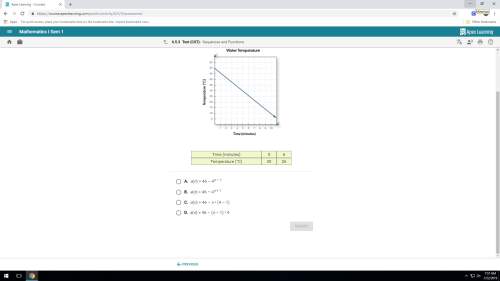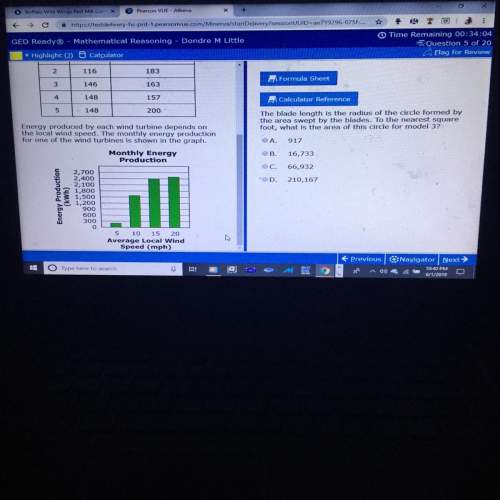
Mathematics, 10.10.2020 15:01 makaylahunt
1. Mark each of the following graphs as (a) a function, but not one-to-one, (b)
one-to-one function, or (c) not a function. In each case, explain how you know. (1
point each)


Answers: 1


Other questions on the subject: Mathematics

Mathematics, 21.06.2019 18:30, leobaut6145
Apsychology student wishes to investigate differences in political opinions between business majors and political science majors at her college. she randomly selects 100 students from the 260 business majors and 100 students from the 180 political science majors. does this sampling plan result in a simple random sample? why or why not? no, because each group of 200 students in the sample does not have the same chance of being selected. yes, because each group of 200 students in the sample has the same chance of being selected. no, because each individual student does not have an equal chance of being selected. yes, because each individual student has the same chance of being selected.
Answers: 1



Mathematics, 21.06.2019 21:40, janetexcoelho
Many newspapers carry a certain puzzle in which the reader must unscramble letters to form words. how many ways can the letters of emdangl be arranged? identify the correct unscrambling, then determine the probability of getting that result by randomly selecting one arrangement of the given letters.
Answers: 1
You know the right answer?
1. Mark each of the following graphs as (a) a function, but not one-to-one, (b)
one-to-one function...
Questions in other subjects:

Mathematics, 10.06.2021 17:10




Physics, 10.06.2021 17:10

Mathematics, 10.06.2021 17:10



Geography, 10.06.2021 17:10





